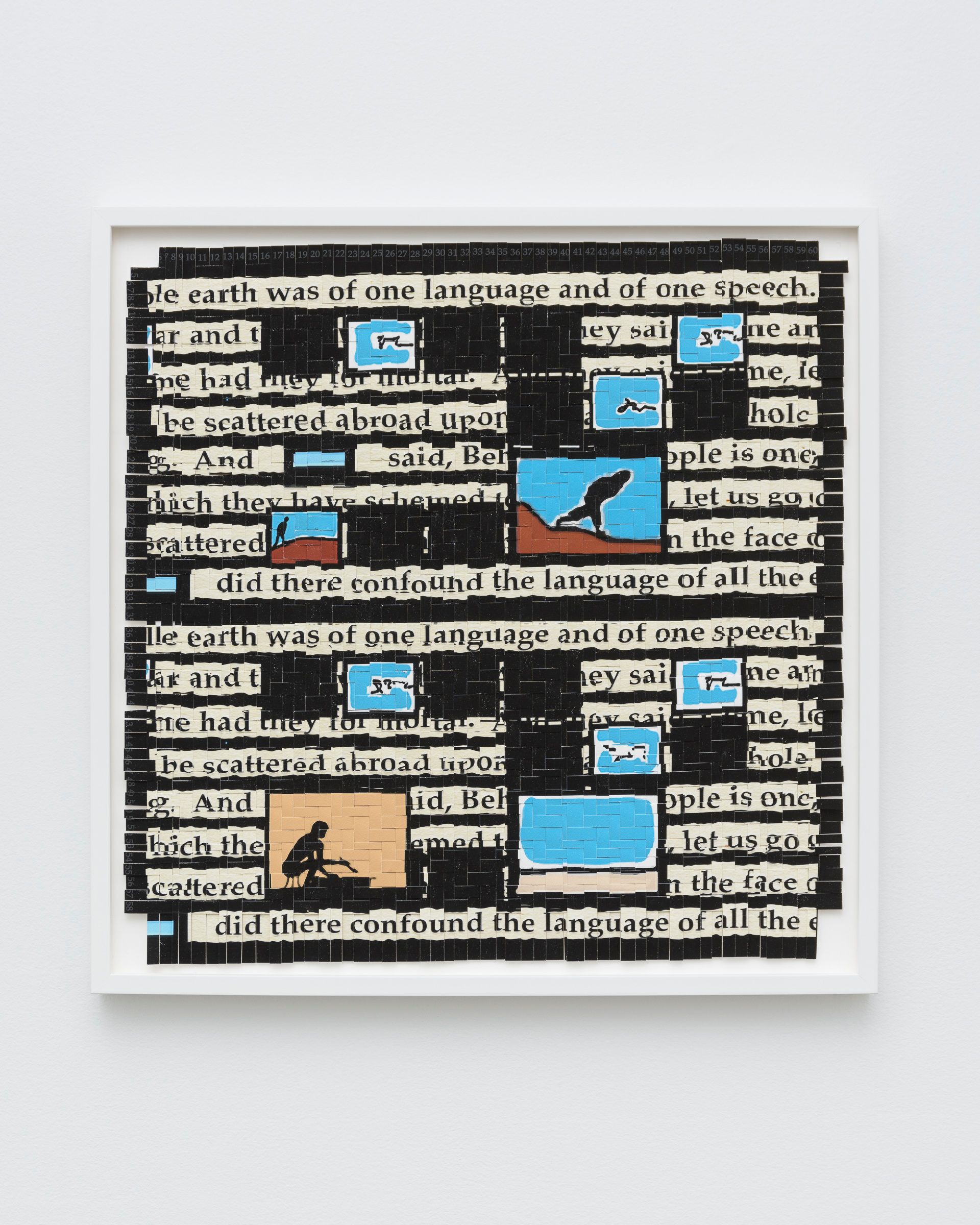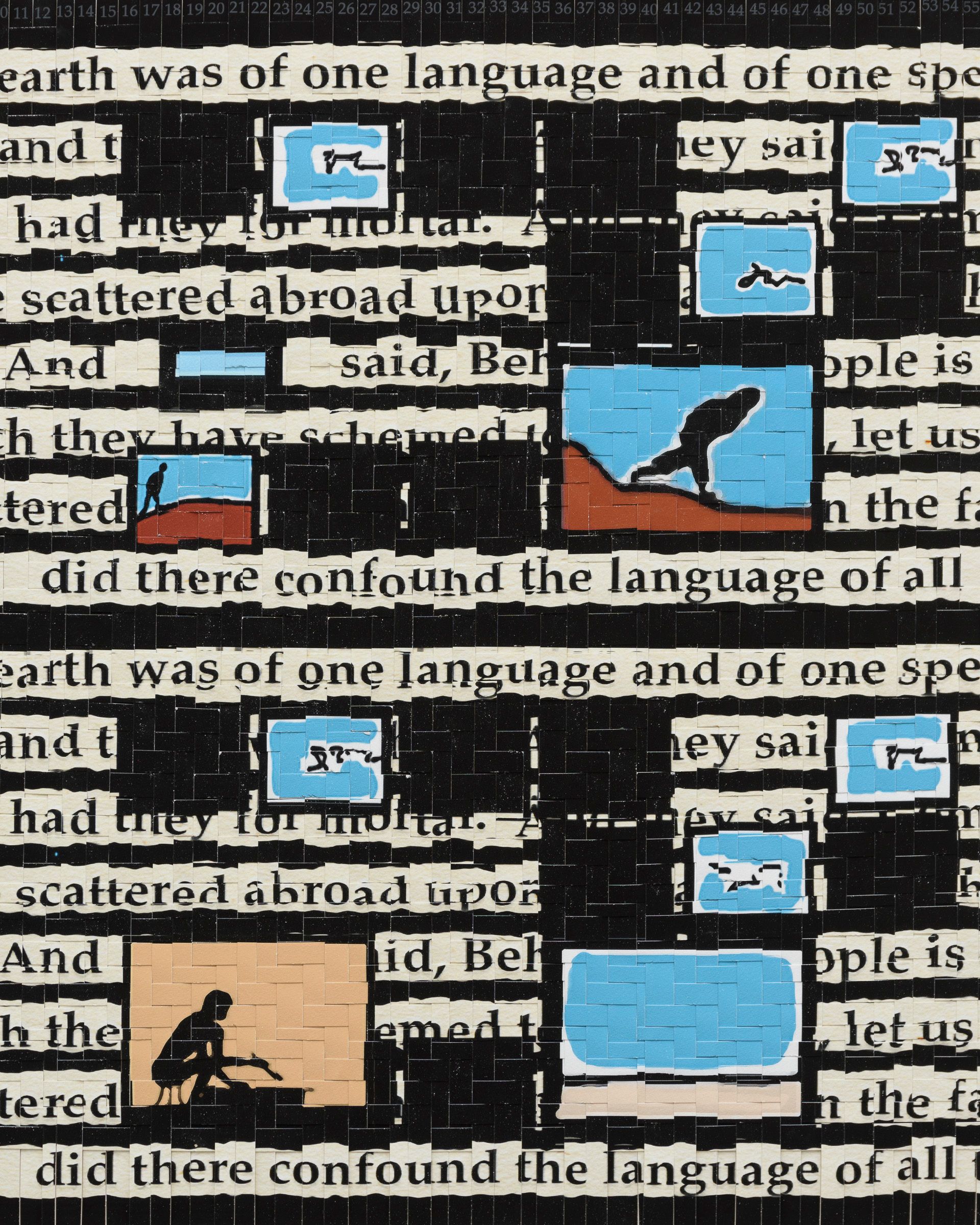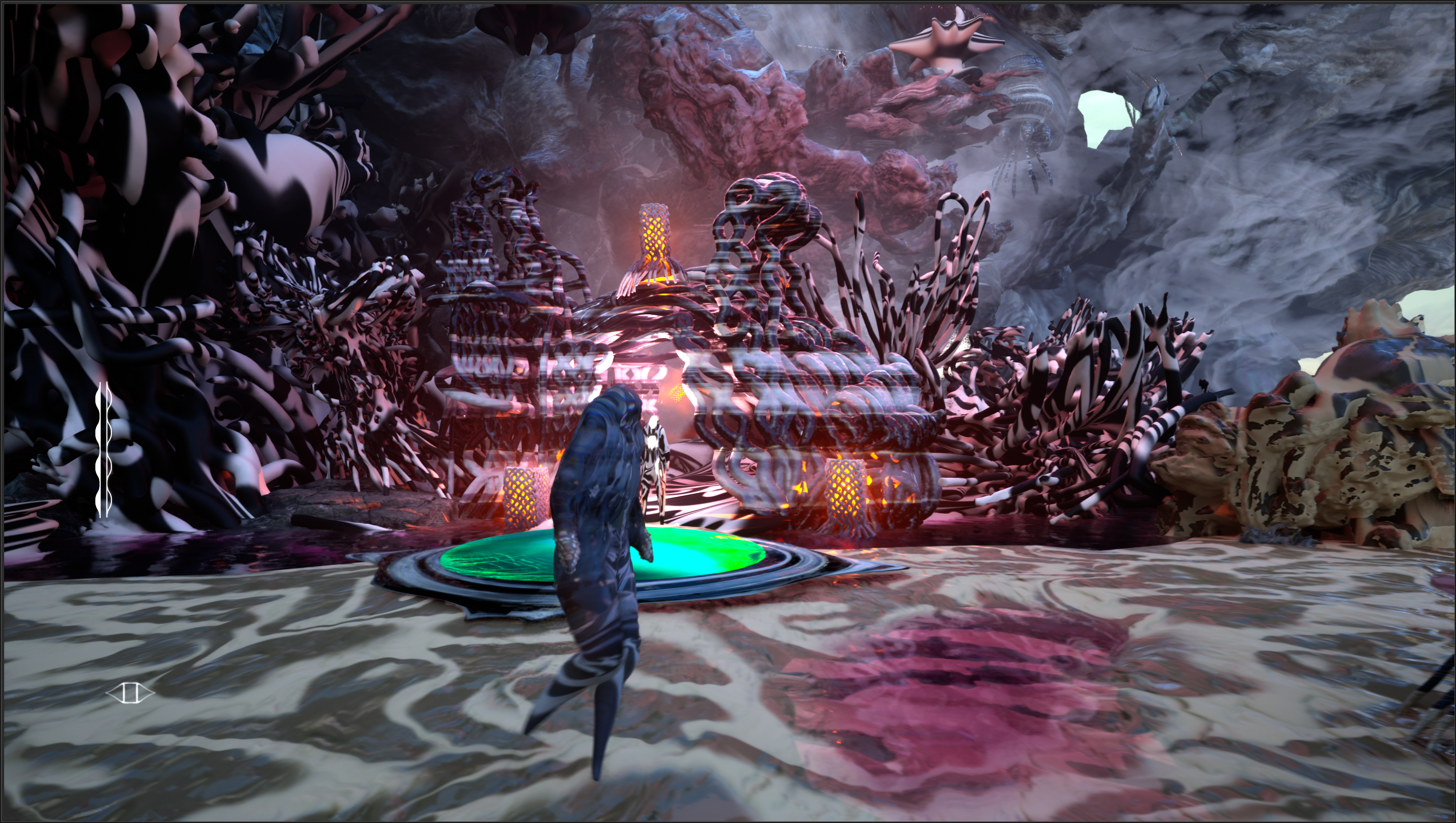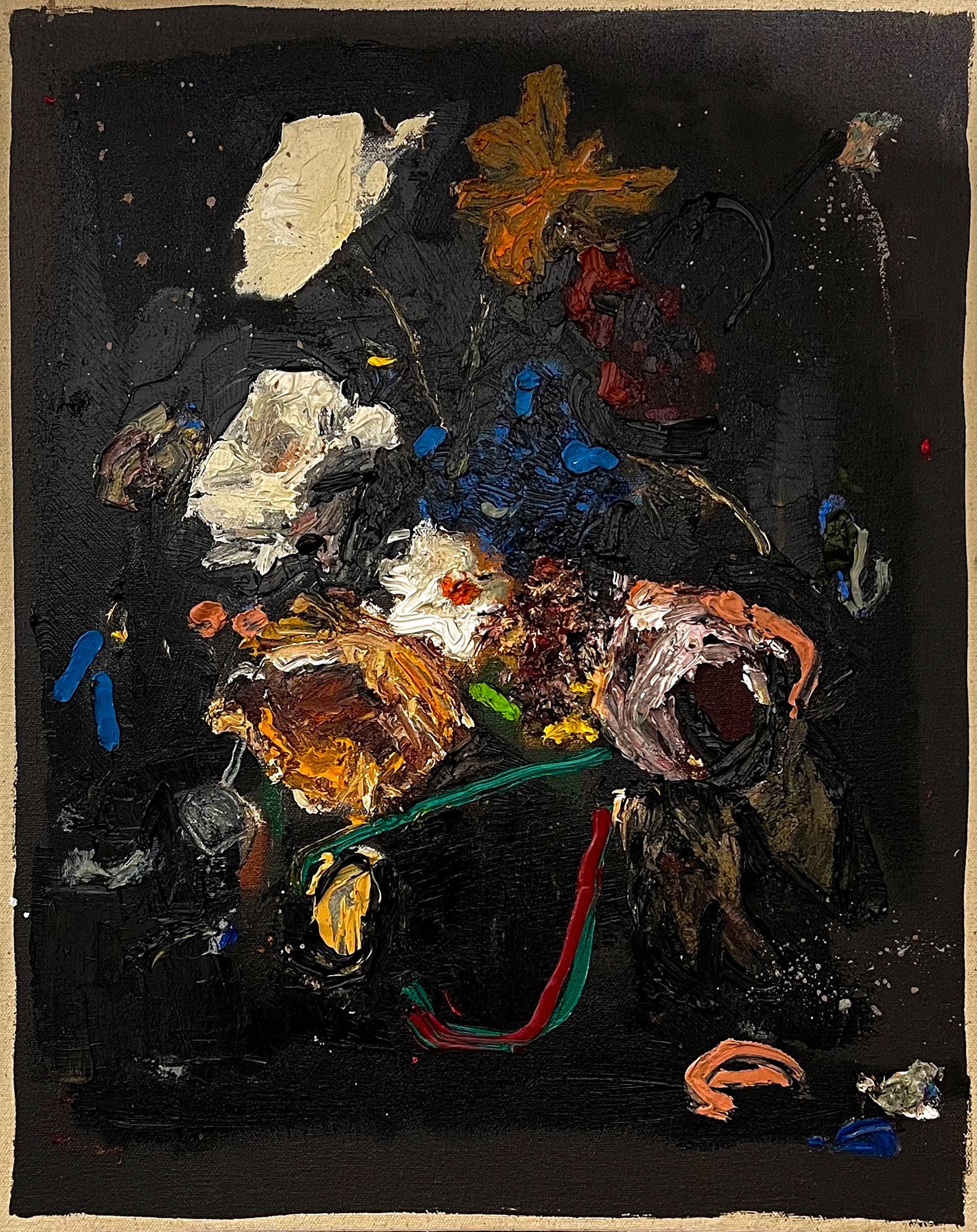

In an interview with ARTNews, Andy Warhol famously explained that pop art is about “liking things.” When those words were printed, in 1963, American culture was still relatively homogenous – at least for the art-viewing public. This is why the things Warhol appropriated in his works, from Brillo pads to Brigitte Bardot, packed such a popular punch – back then, the general and the specific were more closely consolidated. The following decade would mark the beginning of the digital age, among whose myriad consequences were the cleavage of culture and the scattering of its touchpoints.
Today’s algorithm-driven experience of social media, wherein content is presented to users based on what they have “liked,” can be seen as both an extension of and response to that fracture. Can you imagine if everybody’s Instagram or TikTok feed looked the same? I wouldn’t even like to trade with my dearest friends; it would feel like donning their dirty socks. Thank heavens that, instead, we may access a bottomless reservoir of content curated according to our tendencies. On the occasion of Untitled Art, Miami Beach 2023 – which this year is guided by one of two themes including “Curating in a Digital Age,” a death sentence for an essayist if I’ve ever heard one – I’m inclined to consider the effects of contemporary content consumption on our engagement with the curatorial.
My foremost areas of interest, if we are to trust the authority of Instagram’s algorithm, are DJ Khaled, impromptu street interviews, women philosophizing about men, animals behaving like humans, and bodybuilders on all positions of the gender spectrum. (Care to psychoanalyze me? That sentence should keep you busy.) It is important, at this juncture, to precisely locate the quality of the interest that social media algorithms endeavor to inspire. The aforementioned content does not aim to edify but prolong my engagement so that it may be punctuated by as many advertisements as possible. To be sure, the algorithm does not yield the sort of media that aligns with our eminent, or aspirational, self; by contrast, this personalized wellspring of content coats our unconscious like a rash that we cannot help but scratch.

Now, a thought experiment: Place yourself in a solo show at a small art space you’ve visited. Around an unremarkable, white-walled room, ten projections play on a loop. They are the last ten videos you were prompted to watch on TikTok or Instagram Reels. What would these videos collectively offer in the way of a portrait? Without even attempting to wrestle with the formal oddity of this hypothetical exhibition, I envision it as disjointed and ostensibly random. The constituent artworks would not illustrate what you “like,” but rather that which inspires in you a habitual emotional response – be it anger or confusion or pity or laughter or schadenfreude or some amalgamation of the lot. Absurd as such an exhibition may sound, social media has otherwise infiltrated the consideration of curators; many have begun to account for the magnitude of an artist’s online clout when organizing their exhibitions. In doing so, for better or worse, the curator operates under the auspices of social media and, by extension, the algorithm that stands as its sense of judgment.
But the channel between social media and the art space runs in both directions. This was evident to me on a recent visit to the Museum of Modern Art with my partner, an artist, during which she and I came to the conclusion that we should never aspire to hang our work at the museum. As we drifted into the room where Water Lilies float, we came upon a depressing sight: other people, looking not with their eyes but their iPhone camera. Museum visitors posed in front of Monet’s expansive canvases, reducing them to impressionistic backdrops. (We even saw one person snap a picture in portrait mode, a setting that blurs the background of an image beyond recognition.) At the risk of sounding cynical, I’d argue that the proverbial masterpiece, to many a visitor of the art world’s most esteemed institutions, is little more than a commodity. If one cannot dream of possessing it, one can instead draw from its worth by sharing a selfie with it.

To curate in a digital age is to navigate this channel, knowing when to swim with its tides and when to swim against them. Despite the cross-contamination I’ve described above, art spaces resist the gravitational pull of algorithmic judgment in two essential ways. While one’s experience of the digital world has become highly individualized, the art space remains a domain of collective engagement; in other words, the curator organizes an exhibition for an audience that is plural and approximate as opposed to singular and specific.
Without further ado, Edouard Glissant’s structural metaphor of the archipelago – often employed by the curator and critic Hans Ulrich Obrist – may make a bastardized cameo. Glissant’s archipelago symbolizes a site where different cultures coalesce to bring about something new. In Obrist’s essay, “Digging Into the Past to Unearth the Future,” he writes, “Archipelagic thought, which endeavors to do justice to the world’s diversity, is the antithesis of continental thought, which often lays claim to absoluteness and imposes its singular worldview on others.” It would be generous to suggest that art spaces in general “do justice to the world’s diversity,” but this juxtaposition between seclusion and ideological exchange reflects the digital and art spaces, respectively. A romantic construal of the digital age, where it is understood as a period of unprecedented communication and dehomogenization, stands at odds with the actual modus operandi of modern social media. To the contrary, the algorithm situates each user on their own far-flung continent.

The second essential distinction is that decisions in an art space are, as I write, made by humans. Unlike the algorithm, which is limited by the strictures of statistics, the human brain – of the curator and the viewer alike – is prone to inexplicable matters of taste, mistakes, and connotative modes of reasoning. If made to choose between the two, I think I’d sooner part with algorithmic perfection than human partiality. But at the end of the day, what’s not to like?
Matt Moment is a photographer and writer from New York. His published work includes prose in Art Spiel, Times Union, and Hudson Valley Magazine, where he was previously an editor; poetry in Chestnut Review, Chronogram, and Hole in the Head Review; and photographs in The Sun Magazine as well as fine art photobooks from Booooooom and Fifth Wheel Press. Further, Matt works directly with artists and their galleries, authoring text to support exhibitions of painting, photography, and sculpture.